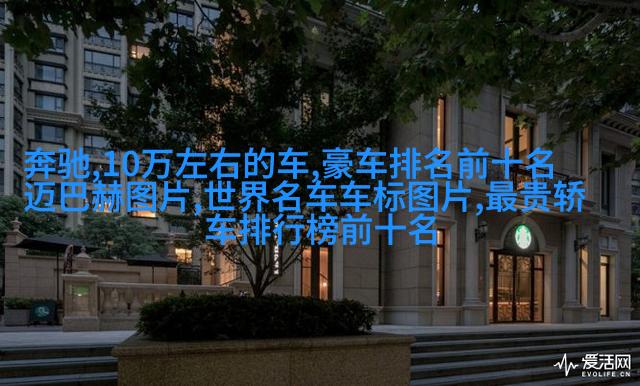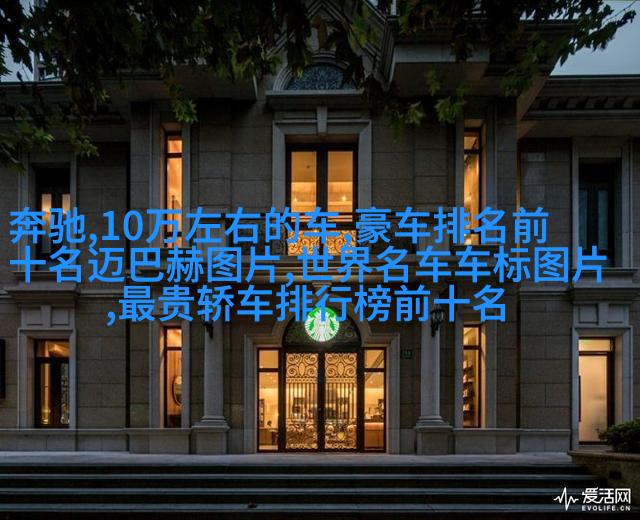探究眼镜店投资的经济学基础成本分析与风险评估
探究眼镜店投资的经济学基础:成本分析与风险评估

一、引言
在当今市场竞争激烈的商业环境中,眼镜店作为一种提供视力解决方案的行业,其投资需求和潜在收益都是值得深入研究的问题。然而,对于想要进入这一领域的人来说,首先需要考虑的是眼镜店投资所需的资金量。这篇文章旨在探讨眼镜店投资需要多少钱,以及如何进行成本分析和风险评估,以确保项目能够顺利开展并获得预期回报。

二、eye glasses store investment costs analysis
Initial Investment Costs

Rent and Utilities: The cost of renting a storefront and utilities such as electricity, water, and gas can vary greatly depending on the location.

Equipment: Purchasing or leasing necessary equipment like lensometers, frame displays, and optical lenses is also an important factor.
Inventory: The initial stock of frames, lenses, and other supplies is another significant expense.

Ongoing Expenses
Staffing Costs: Hiring qualified opticians, sales staff, and possibly an optometrist requires a substantial investment in salaries.
Marketing & Advertising Expenses: To attract customers to your store you need to invest in marketing strategies including print ads,
online advertising campaigns (SEO/SEM), social media promotion etc.
Overheads & Miscellaneous Expenses:
This includes insurance policies for liability coverage,
employee training programs,
office supplies,
maintenance expenses for equipment etc.
三、Risk Assessment in Eye Glasses Store Investment
Market Risks:
Competition from existing stores nearby;
Changing consumer preferences;
Operational Risks:
Supply chain disruptions due to supplier insolvency or price hikes;
Poor inventory management leading to overstocking or understocking;
Financial Risks:
Inaccurate financial projections leading to cash flow problems;
Fluctuations in currency exchange rates affecting import costs;
Regulatory Risks:
Compliance with local health regulations regarding eye care services provided by the store;
Human Resources Risks:
High turnover rate among employees resulting from low wages or poor working conditions;
Lack of skilled labor force available locally;
四、Conclusion
Eye glasses store investment needs careful planning considering various factors including market demand trends, competition landscape,
regulatory requirements at the local level as well as potential risks that may arise during operation period.
The cost structure should be carefully assessed while balancing short-term profitability with long-term sustainability goals.
Moreover constant monitoring of performance indicators will ensure timely interventions when needed helping maintain healthy growth trajectory throughout the business life cycle.
Through this comprehensive approach investors can make informed decisions about entering into this industry knowing what they are getting themselves into financially speaking which ultimately leads towards successful business ventures within eye glass retail sector



